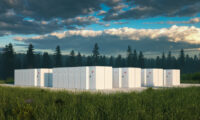Are Electric Heat Pumps Energy Efficient?
Heating and cooling your home represent the most expensive electricity costs for families. As new technologies emerge and government policies encourage energy-efficient innovations, electric heat pumps are growing in popularity — for both their environmental friendliness and long-term cost-savings.
Consider this statistic: As of 2020, nearly 18 million US households used heat pumps for space heating, which is a 50 percent increase compared with 2015 (source: RMI.org). How energy-efficient are electric heat pumps? Is it worth upgrading your furnace to a heat pump? Do they keep up in colder climates? Keep reading to learn the advantages of electric heat pumps.
Heat Pumps vs. Electric Heaters
Electric heaters and heat pumps have some similarities:
- They both use electricity to operate, and most utilize the home’s current ductwork to distribute heat. (Ductless heat pump options are available.)
- Both are energy-efficient in that they don’t lose heat like gas furnaces, which can lose up to 20% of heat generated.
- Neither electric heat pumps or furnaces produce pollutants like carbon monoxide.
The difference lies in how they create heated air — heat pumps move air but don’t generate heat like traditional electric furnaces. Like a hair dryer, electric heaters pull in air, pass them over heating elements to warm the air, then blow the air into the home through ductwork.
Conversely, electric heat pumps work like a refrigerator, drawing outside air into inside coils and creating heat using a refrigerant. The heated air is then released through the ductwork, then moves to the outdoor unit to restart the heating cycle. Heat pumps are versatile in any climate, as they also feature reversing valves to cool air during hot months.
Several types of heat pumps exist, including air source (the most common), water source, and geothermal (also called ground source).
Energy-Efficient Advantages of Electric Heat Pumps
If you’re building a new home or it’s time to update your HVAC, is a heat pump worth it? Will it save you money while reducing your environmental impact? As technologies improve and incentives increase, consider the numbers:
- Heat pumps produce three times the heating or cooling output than the amount of electricity it takes in.
- Heating or cooling electricity usage can be reduced by 50%.
- Heat pumps can use 3,000 kilowatt-hours (kWh) less of electricity per year. For perspective, the average U.S. household uses 10,632 kWh annually.
- While results vary, homeowners can save up to $459 a year switching from an electric furnace to a heat pump.
While the upfront costs of installing a heat pump may be a deterrent (with an average $5,500 price tag), the long-term benefits are measurable. Plus, the recently passed U.S. Inflation Reduction Act offers rebates and tax incentives up to thousands of dollars to offset the costs for homeowners who install heat pumps and other electrification upgrades.
Some worry that electric heat pumps can’t keep up with colder temperatures, but advancements in technology have closed the gap. Electric heat strips or an auxiliary heat source may be needed for extreme cold temperatures (for areas that regularly dip into the teens), but installing the right-size heat pump for your home and good insulation are vital for optimization. Some systems are rated for -13 degrees Fahrenheit, with additional equipment optimizing for -25 degrees.
Other heat pump advantages include humidity control — no more dry winters or sticky summer air indoors. Zone control systems, often in larger homes, and ductless heat pumps also allow individual temperature control for separate rooms.
Saving money on heating and cooling is a concern to almost every household. Investing in an electric heat pump can be an energy-efficient way to stay comfortable while lowering your utility bill.
What our customers are saying
See why our power customers say we're the best electricity provider in Texas!
I was worried about getting electricity for my home through a prepaid company. I was calling around to see different rates then going through all the hassle of credit checks while dropping points each…
I have been with this company for several years and have been very happy since. Even when I moved, they made my usually stressful situation very easy and carefree. I recommend them to everyone that I…
I have enjoyed the service for 2 years now. In the beginning this service was planned to be temporary but with the service being so effective for me i decided to keep it for the long haul. I’m a happy customer.









